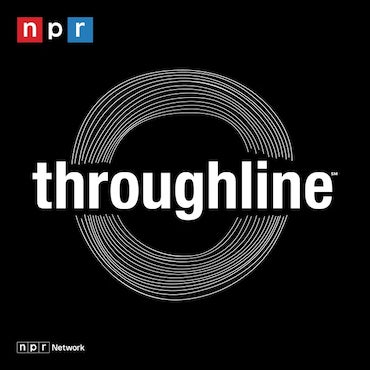Fighting fat in Philadelphia schools
For years, health researchers have been sounding the alarm about the rise in childhood obesity. Now a new study from researchers at Temple University suggests a whisper of good news.
For years, health researchers have been sounding the alarm about the rise in childhood obesity. Now a new study from researchers at Temple University suggests a whisper of good news.
(Photo: Kelly and Massa Photography)
The study tracked middle school students at 42 schools across the country, including six in Philadelphia. Many of the children were black, Hispanic, or from low-income families, all groups with a higher risk for being overweight.
Temple University’s Gary Foster says the research team wanted to find out if more education and healthy changes at school would make a dent on the number of overweight kids.
After three years, their findings were unexpected: the researchers found a 4 percent decline in the combined rate of overweight and obese students at both test schools and non-test schools.
Foster says a greater social consciousness about childhood obesity and its consequences may have helped.
Foster: I think there’s also other things that could be at play in terms of the greater availability of healthier items both in restaurants and supermarkets. I think the feedback that we’ve given parents on children’s heights and weights may have made a difference.
Grover Washington Middle School was one of the test schools. Students there got extra time for exercise, more nutrition education and healthier food choices in the cafeteria and vending machines.
Wayne Grasela leads the child nutrition program for the School District of Philadelphia. He says the test schools swapped regular pizza for a version with a whole wheat crust, as well as other nutrient rich, low-fat items such as rotisserie style chicken.
The switch was costly, and the district didn’t have the money to keep those items on the menu after the study ended.
But Grasela says Philadelphia will use part of a U.S. Centers for Disease Control and Prevention grant to find more economical ways to upgrade the school menu permanently.
The child obesity study tracked school-wide changes, including a social marketing campaign. Foster says there’s a way to make healthy habits seem cool.
Foster: You use students in the school who are popular. There’s also a certain benefit of using students that kids recognize. So instead of having some model in a poster eating a banana, or doing physical activity or drinking water, we had kids from their very own schools.
Grover Washington Jr. Middle is one of 21 schools nationwide that changed food options to offer more healthy choices in the cafeteria, at
school events and in vending machines.
Test schools in the HEALTHY study expanded their physical education classes to 225 hours every 10 days.
WHYY is your source for fact-based, in-depth journalism and information. As a nonprofit organization, we rely on financial support from readers like you. Please give today.

